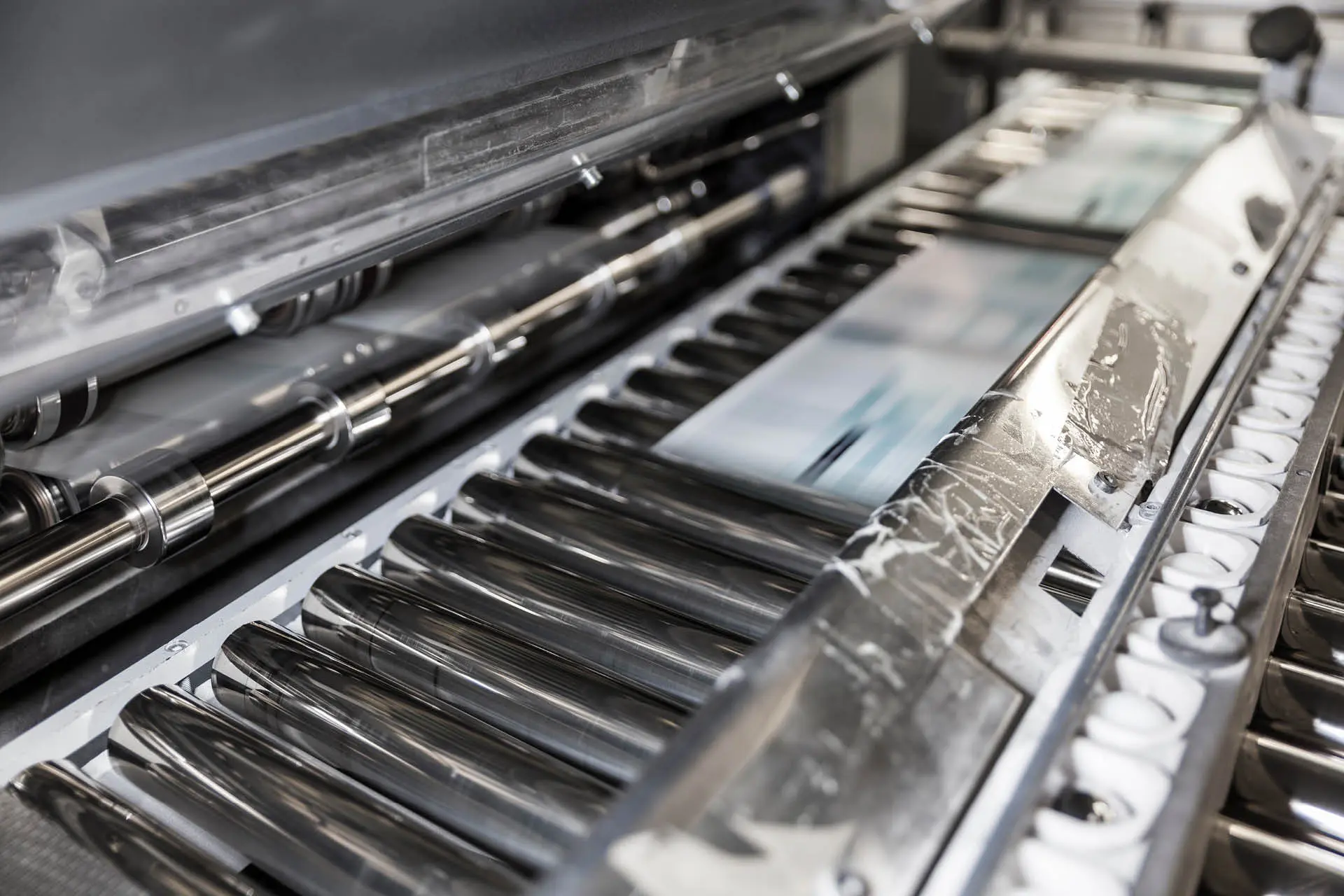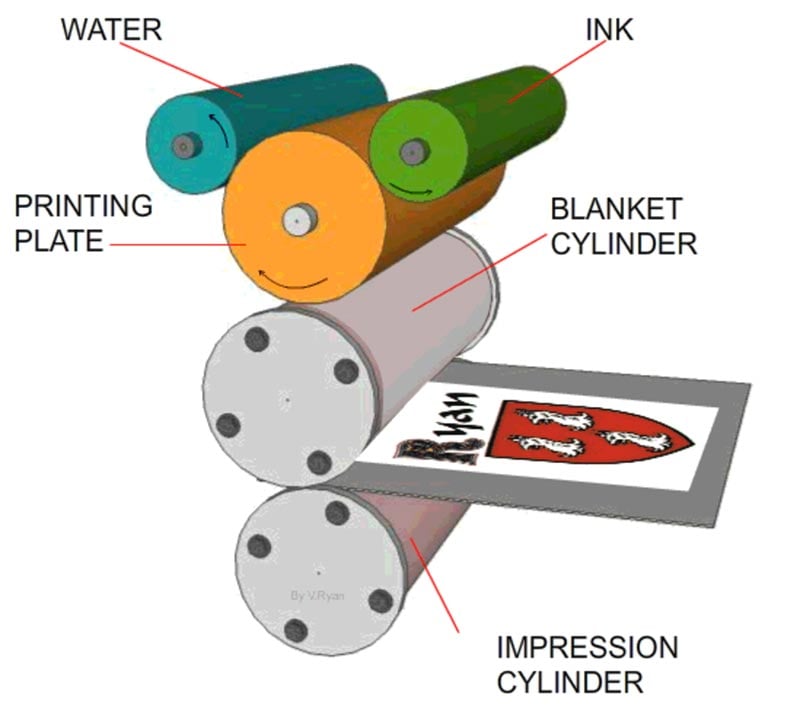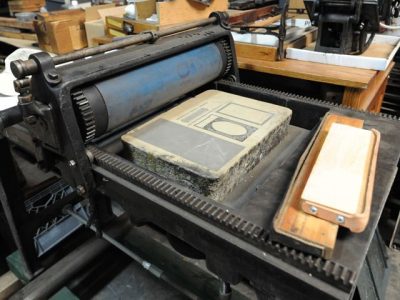A Comprehensive Overview to Understanding Litho Printing Methods
The world of litho printing, a technique stemming from the late 18th century, is an interesting blend of history, art, science and innovation. This comprehensive guide will untangle the intricacies of this printing approach, from the make-up of litho inks to the challenges dealt with in modern-day applications. As we venture right into the complexities of lithography, the importance of automation and sustainability in ensuring its future importance becomes progressively clear. Stick with us as we journey right into the exciting world of litho printing.
The Historical Evolution of Litho Printing
The historical trajectory of litho printing, a crucial technology in the realm of communication, is a fascinating tale of human resourcefulness. Birthed in the late 18th century by Alois Senefelder, this strategy was originally a cost-effective approach of releasing staged jobs. Lithography, acquired from the Greek words for 'rock' and 'to compose', utilized a smooth stone surface to transfer images onto paper. The process developed with the development of the rotary press, which considerably increased productivity (litho printing). In the 20th century, the innovation of offset lithography revolutionized the market, enabling for automation of top notch prints. Each stage of litho printing's evolution showcases humanity's relentless quest of efficiency and top quality in aesthetic communication.
Translating the Science Behind Litho Printing Inks
Progressing in the expedition of litho printing techniques, the emphasis now moves to the scientific research behind litho printing inks. The make-up of these inks, their drying out process, and shade mixing methods develop the backbone of this intricate art form. Comprehending these components is important to understanding the craft and achieving the preferred print results.
Structure of Litho Inks
In lithographic printing, the basic function of litho inks can not be overemphasized. The make-up of litho inks differs depending on its purpose, yet normally, they contain two primary components - automobiles and pigments. Pigments, the color-providing elements, are carefully ground fragments suspended in the vehicle, a fluid that carries the pigment onto the printing surface area. The vehicle is an intricate blend of solvents, resins, and oils, which affect the ink's drying out time, adhesion, and gloss. Additionally, various ingredients are present to improve specific residential or commercial properties like flow, drying out, and resistance to environmental impacts. Each element plays a vital component in the last print's top quality, making the exact solution of litho inks an intricate science.
Ink Drying Refine
From the make-up of litho inks, interest turns to the remarkable procedure of ink drying out. The drying out procedure is important, as it influences the final print's top quality and longevity. Two key techniques are utilized in litho printing: oxidative drying out and absorption. Oxidative drying out entails the ink responding with oxygen airborne to develop a tough, dry movie. This method supplies a long lasting finish, however can be slower compared to absorption. Absorption, on the other hand, involves the ink leaking right into the paper fibers, which is a quicker procedure however can lead to much less vivid colors. The choice in between these approaches is dependent upon variables such as print speed needs, the paper kind used, and the wanted finish.
Color Mixing Techniques
While the drying process plays a crucial duty in litho printing, the science of shade blending strategies holds equivalent importance. The science behind litho printing inks also takes right into account the transparency of the ink, which influences exactly how colors overlay and mix.
The Art and Design Components in Litho Printing
Litho printing takes a breath life into art and layout through its special components. Litho printing suits a variety of colors, making it possible for musicians to produce dynamic and dynamic prints. This see this site combination of accuracy and convenience makes litho printing a recommended option for many musicians and designers.
Modern Applications of Litho Printing Techniques
Litho printing methods have discovered substantial use in the modern-day industrial industry. Its influence and significance remain to grow with the introduction of brand-new technologies and innovations in the field. This section will discover these modern applications and the transformative function they play in the printing market.
Business Litho Printing Uses
In today's electronic age, one might ask yourself concerning litho printing the importance of typical printing techniques. Litho printing stays a critical component of the industrial field. High-volume printing tasks, such as the manufacturing of books, newspapers, and product packaging, rely upon litho printing for its capability to deliver superior picture quality and expense performance. The process, which includes moving a tattooed photo from a plate onto a rubber covering and after that to the printing surface, uses unmatched consistency. This makes it optimal for tasks requiring a large print run. Litho printing also provides a broad shade range, premium to that of digital printing. This makes it the best option for projects that require dynamic, top quality shade recreation.
Developments in Litho Printing
Pressing the boundaries of typical strategies, modern-day innovations have fueled a host of advancements in litho printing. One noticeable growth is electronic litho printing, which integrates the virtues of digital technology with litho's top notch outcome. These advancements highlight the enduring importance of litho printing in the modern-day globe.
Discovering the Process of Litho Printing: Action by Step

Obstacles and Solutions in Contemporary Litho Printing

Regardless of the precision and custom that litho printing happily promotes, it is not without its collection of modern difficulties. Digital litho printing enables for cost-effective short runs and very easy personalization, dealing go right here with the problem of variable data. Thus, while there are difficulties, the litho printing industry is proactively adapting to satisfy them head-on, guaranteeing its importance in the future.
Final thought
In final thought, litho printing, with its abundant history and scientific ins and outs, holds a significant area in the print sector. The future of litho printing hinges on its capacity to adapt to these transforming demands, attesting its long-lasting value in an evolving market.

Comments on “litho printing Explained: A Primer for Starters”